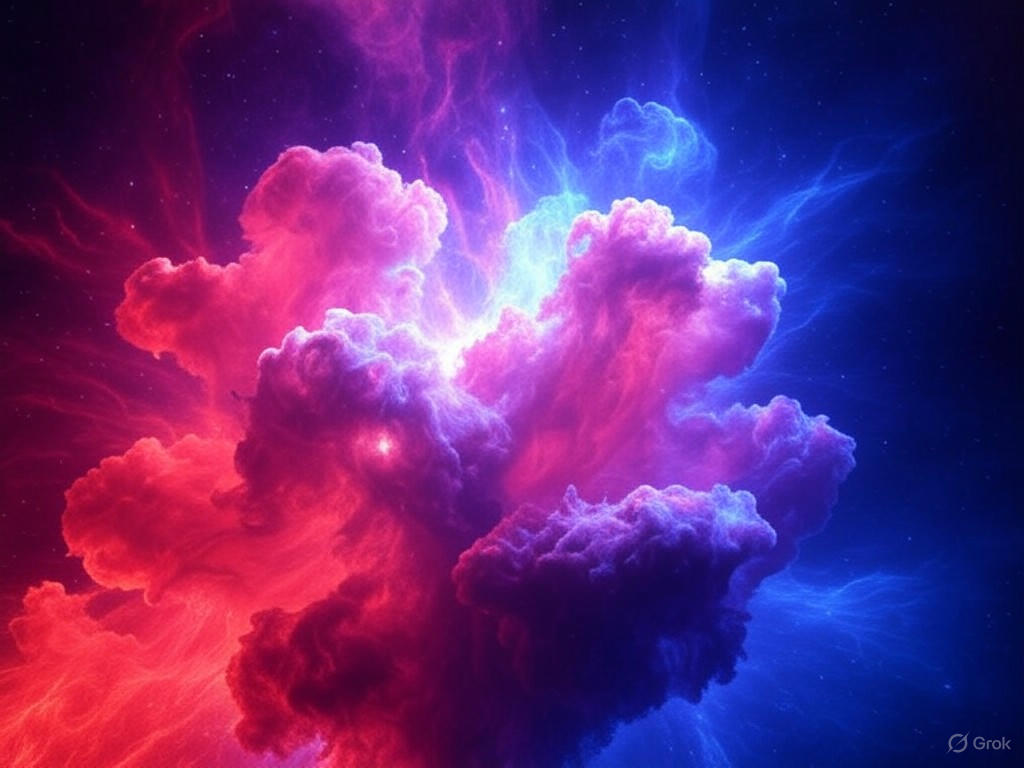In a groundbreaking revelation, astronomers have identified a new type of cosmic event that outshines even the most dramatic phenomena known to science. Dubbed ‘extreme nuclear transients’ (ENTs), these explosions represent the most powerful bursts of energy in the universe since the Big Bang itself. Discovered by a dedicated team from the University of Hawaiʻi’s Institute for Astronomy, this finding is reshaping our understanding of the violent processes that govern the cosmos. The sheer magnitude of these events is staggering, with each explosion releasing energy equivalent to billions of suns igniting at once, painting the night sky with an intensity never before witnessed.
The discovery of ENTs came through meticulous observation using cutting-edge telescopes that scan the farthest reaches of space. These transients are believed to occur when massive stars collapse under their own gravity, triggering cataclysmic reactions at their cores. Unlike typical supernovae, which are already among the most explosive events in the universe, ENTs involve an extraordinary release of energy due to unique conditions within the star’s nucleus. Researchers suggest that the extreme density and temperature at the heart of these dying giants create a perfect storm, unleashing a torrent of light and radiation that can be detected billions of light-years away. This discovery not only highlights the dynamic and often violent nature of the universe but also provides a rare glimpse into the life cycles of the most massive celestial bodies.
What makes ENTs particularly fascinating is their potential to unlock secrets about the early universe. Scientists believe that studying these explosions could offer clues about the formation of black holes and the behavior of matter under extreme conditions. Each event acts as a natural laboratory, allowing researchers to test theories of physics that cannot be replicated on Earth. Furthermore, the energy emitted by ENTs could influence the development of nearby galaxies, shaping the cosmic landscape in ways we are only beginning to comprehend. As astronomers continue to analyze data from these explosive phenomena, they hope to refine their models of stellar evolution and gain deeper insights into the forces that drive the universe’s expansion.
The implications of this discovery extend beyond academic curiosity. It serves as a reminder of the universe’s untamed power and the mysteries that still await us in the vast expanse of space. With every ENT detected, humanity edges closer to understanding the origins of the cosmos and our place within it. The team from Hawaiʻi is already planning further observations, eager to capture more of these fleeting bursts of cosmic fury. As technology advances and our ability to peer deeper into space improves, who knows what other wonders—or terrors—lie in wait? For now, the discovery of extreme nuclear transients stands as a testament to human curiosity and the relentless pursuit of knowledge, illuminating the darkest corners of the universe with each explosive flash.
